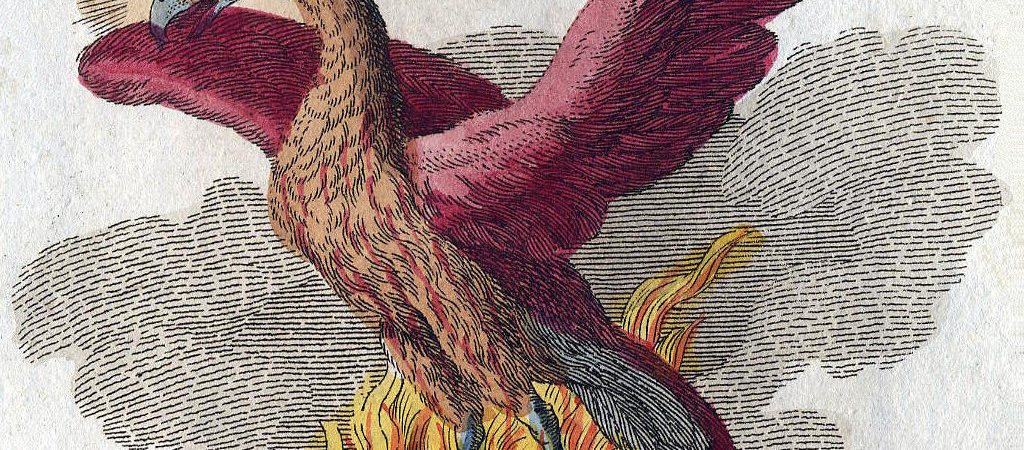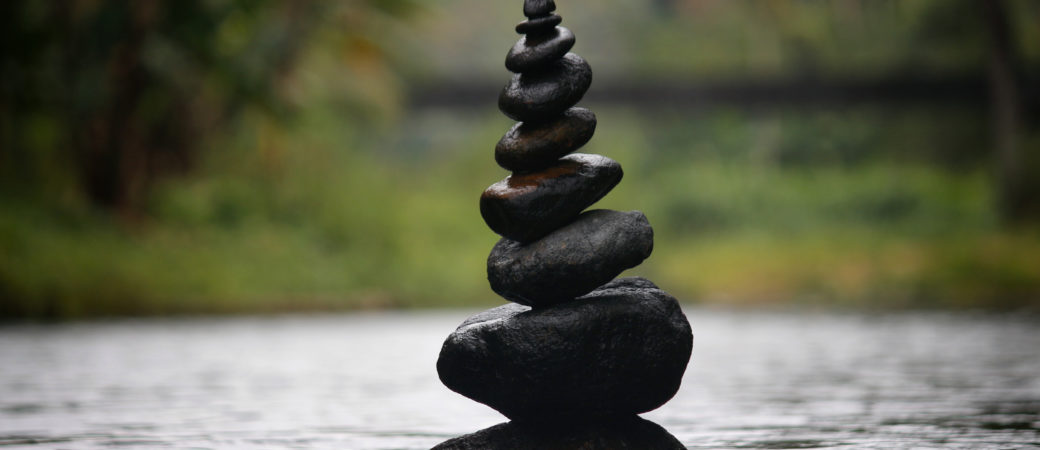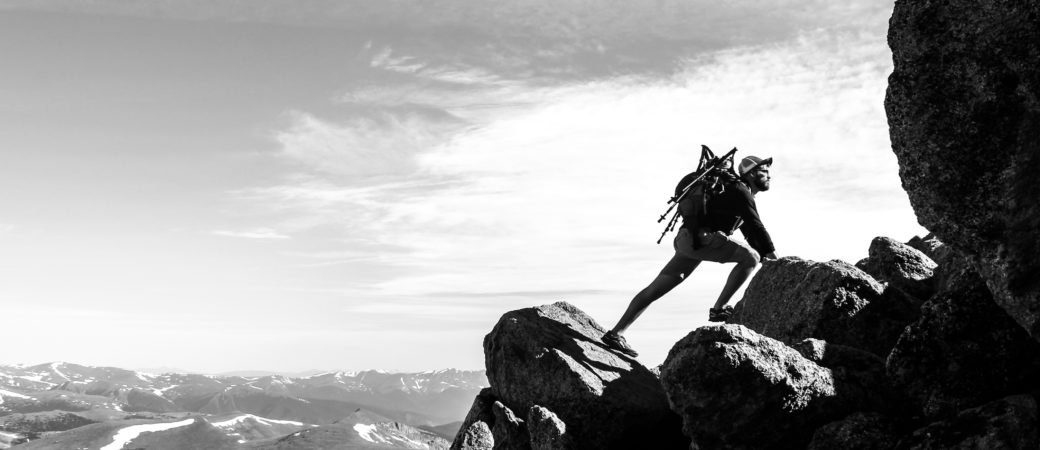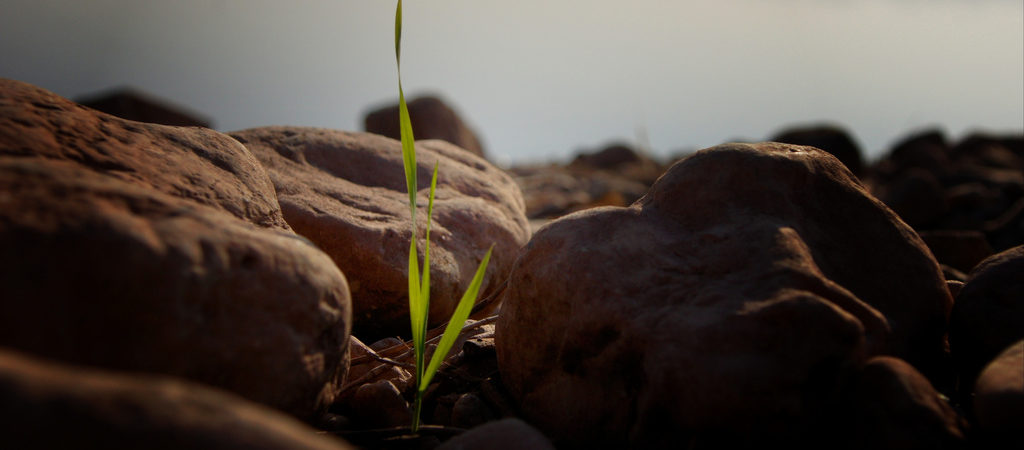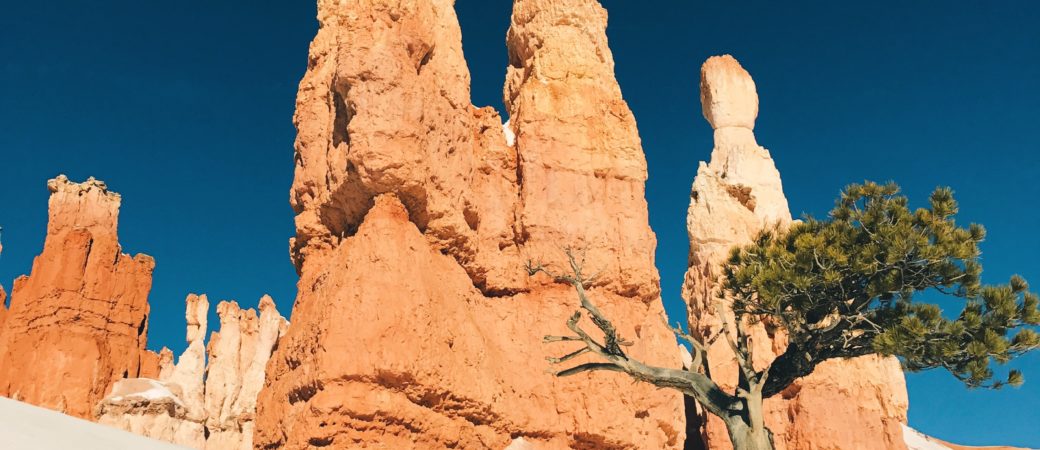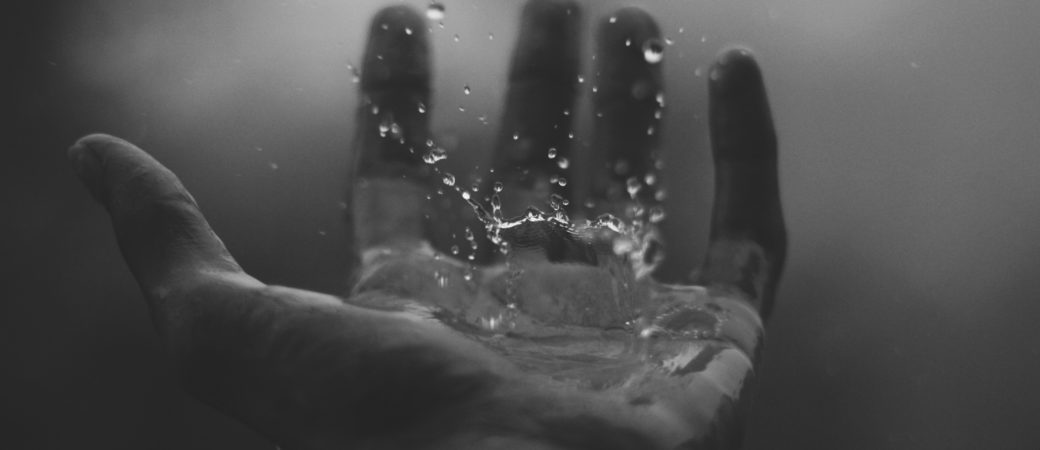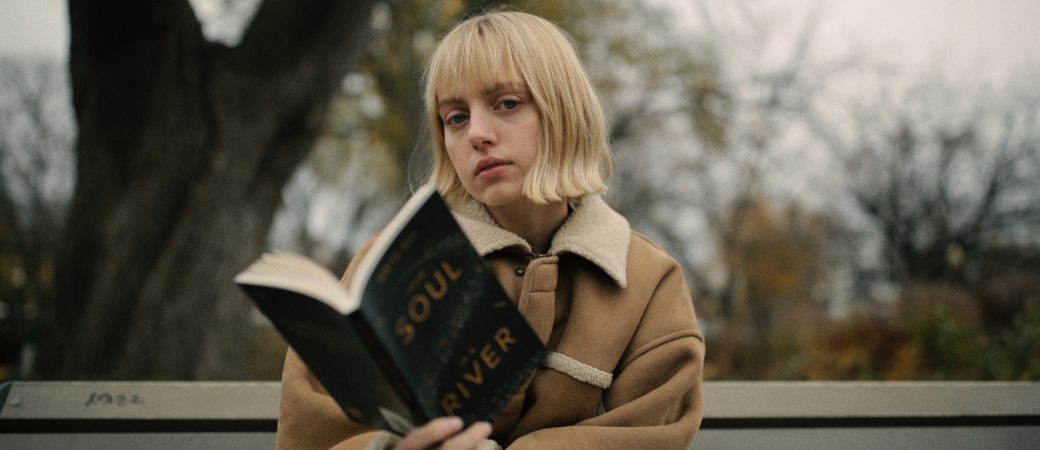Must Something Break?
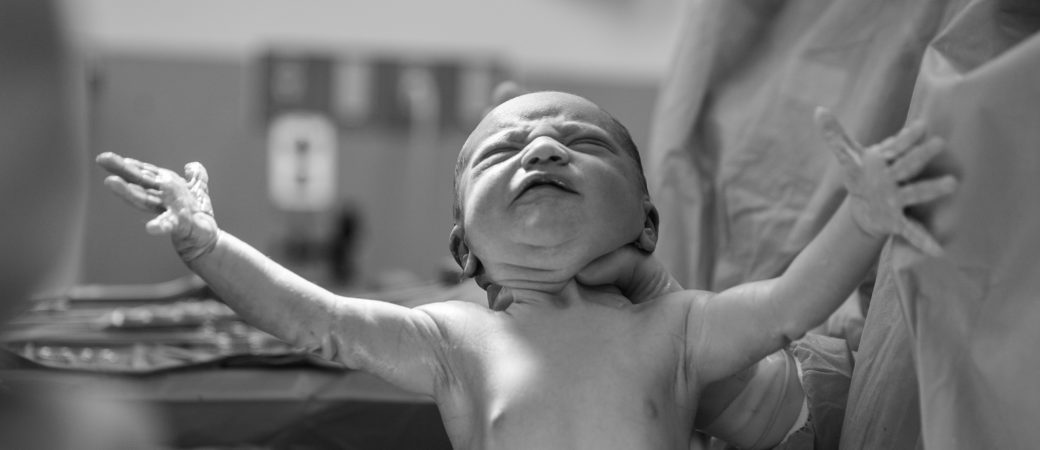
I’ve been thinking a lot lately about things breaking, which isn’t surprising since I took a tumble and broke myself a few weeks ago. I sustained what is really a minor, although very painful, fracture. My self-image, however, was shattered.
Then I read the lead story in the Muncie StarPress on Sunday, March 11, which led me to more pondering on the relationship between things breaking and our April theme of Emergence. The article featured Jim Wright and his family of Yorktown. If you missed the original reporting, he and his family were driving in their car when a tree blew over on the car, and all four were injured. Mr. Wright’s injuries left him paralyzed from the chest down. A lot of this follow-up article focused on his reflection on the meaning of what happened to him, and the emergence of a more outspoken and robust Christian faith as a result.
I’ll be frank: I have theological problems with the line of reasoning he takes. As a result of the scans done after the accident, doctors discovered blood clots and a cancerous tumor that otherwise would have gone undetected and would probably have been fatal eventually. Mr. Wright believes God allowed the accident to happen because God has a plan, a mission for Mr. Wright. That is vastly different than saying that God caused the accident to happen. His sense of this mission and God’s plan emerged as a result of the terrible breakage of his life endured in the accident.
Here’s
